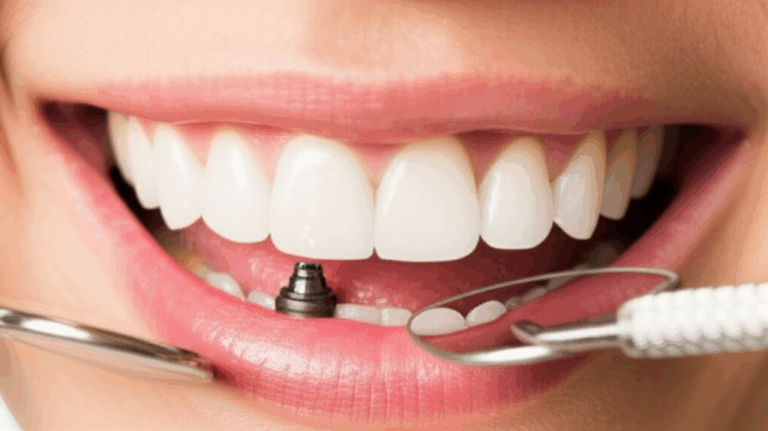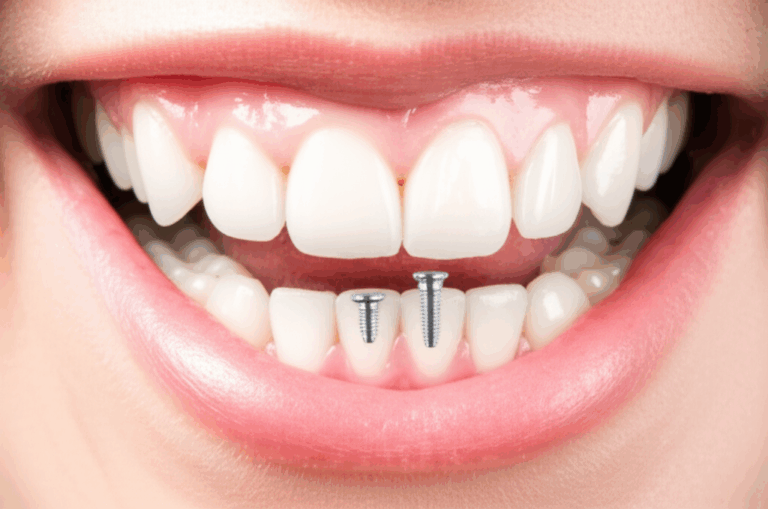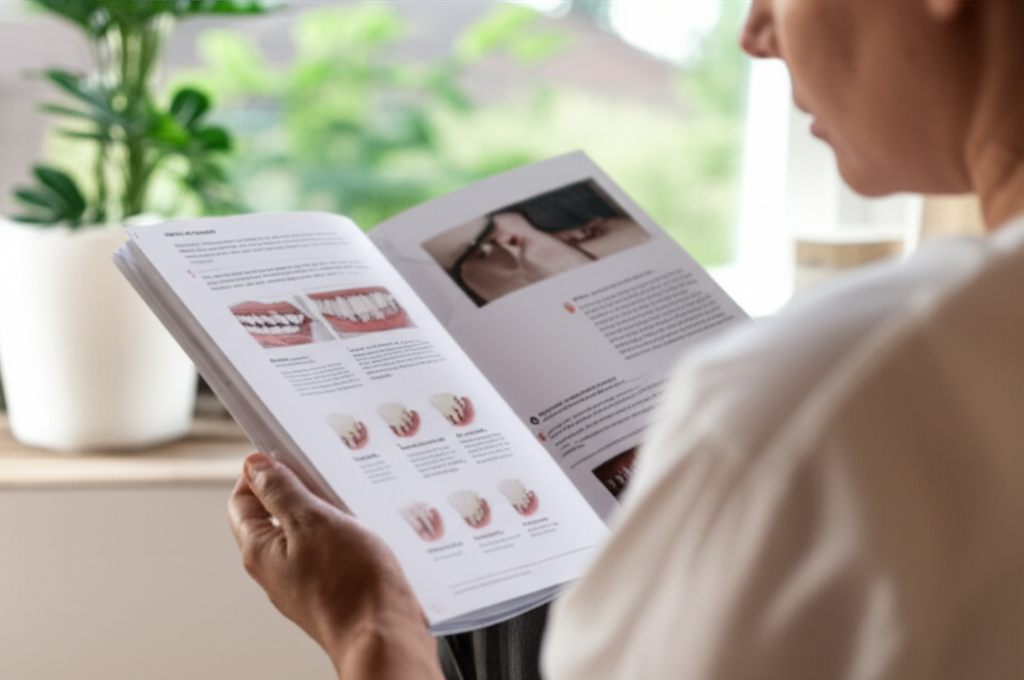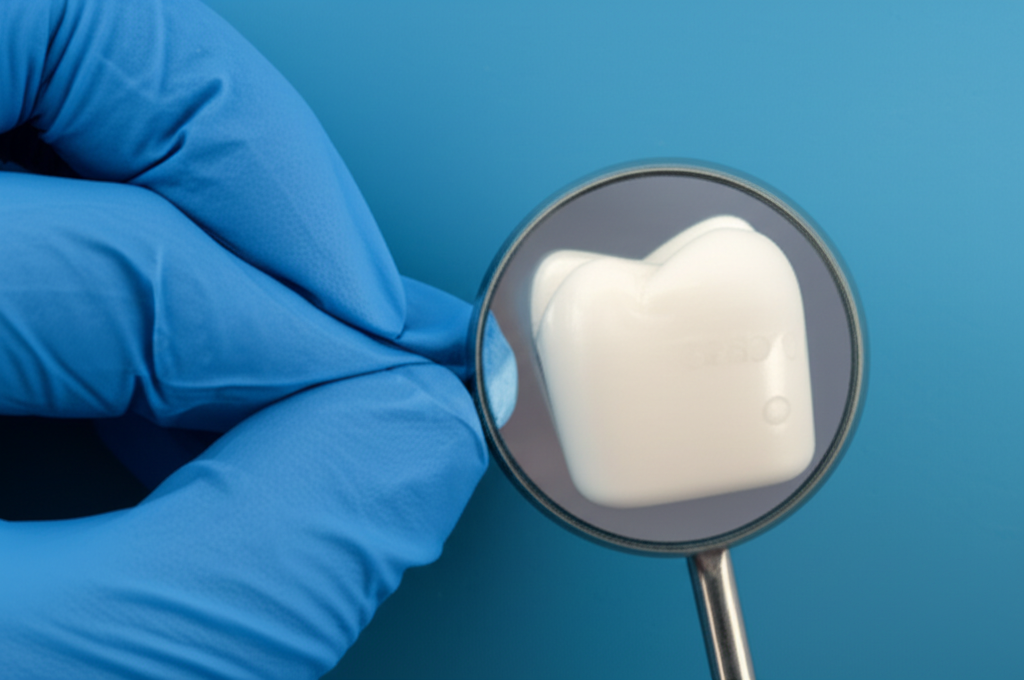
The Real Downsides to Veneers: What You Need to Know Before You Commit
Table of Contents
- Introduction: Beyond the Perfect Smile – Understanding the Risks
- The Irreversible Nature of Tooth Preparation
- Permanent Alteration of Natural Tooth Structure
- Commitment to Lifetime Replacement
- Increased Sensitivity and Discomfort
- Post-Procedure Sensitivity
- Gum Irritation and Health
- Durability and Maintenance Concerns
- Risk of Chipping, Cracking, or Debonding
- Lifespan and Replacement Costs
- Ongoing Oral Hygiene and Care
- Cost Considerations: A Significant Investment
- High Upfront Expense
- Lack of Insurance Coverage
- Potential for Additional Costs
- Potential Aesthetic Imperfections and Complications
- Imperfect Color Match
- Bulky Appearance or Over-Contouring
- Decay Underneath Veneers
- Pulp/Nerve Damage
- Not Suitable for Everyone: Candidacy Limitations
- Oral Health Prerequisites
- Bruxism and Severe Malocclusion
- Alternatives to Veneers: Weighing Your Options
- Conclusion: Making an Informed Decision
Introduction: Beyond the Perfect Smile – Understanding the Risks
A few years back, I was staring in the mirror, moving my head side to side, wishing I had the bright, perfect smile I kept seeing on TV and online. Maybe you know that feeling too—the urge to fix those little chips, cracks, or spots that just never go away no matter what you try. This drive led me to look at cosmetic dental work, and veneers stood out as the main thing.
But here’s the truth: when I started learning more and talked to some dentists, I found out veneers can come with some real and sometimes unexpected problems. I want to explain what I learned—not to scare you, but so you can decide what’s right for you.
Veneers aren’t a miracle fix. They can really change things for you, but in exchange, you have to make permanent changes to your teeth, spend a good amount of money, and keep up with care for the rest of your life. In this article, I’ll talk about the main negatives of getting veneers: permanent tooth filing, how long they last, sensitivity, cost, and more. I’ll also share some personal examples and handy tips that helped me figure out what was best for my teeth.
By the end, I hope you’ll be able to make a smart and confident choice about what fits you best.
The Irreversible Nature of Tooth Preparation
Permanent Alteration of Natural Tooth Structure
One of the first things I found out about porcelain veneers is how there’s no undoing the process. Before a veneer can even touch your tooth, the dentist has to grind or scrape off a thin, but still important, layer of enamel (usually about 0.3 to 0.5 millimeters). This step helps the veneer sit right and look natural.
But here’s the catch: that enamel is gone for good. It never grows back. I once asked my dentist if you could just remove veneers later and go back to normal teeth, and the answer was clear—there’s no turning back. Even if you only do one tooth, from then on it’ll always need a veneer or a crown to cover it.
Some “no-prep” choices like Lumineers claim to save more enamel, but they’re not an option for most people. When I tried to get a “no-prep” consultation, even then my teeth needed a little trimming for it to look right. Only about 15–20% of people can get away with real no-prep veneers.
So, what you get in looks, you lose in natural tooth. This part isn’t a maybe—it’s something you have to feel totally sure about first.
Commitment to Lifetime Replacement
Imagine getting a new car, but knowing you’re going to have to swap out major parts every 10 to 15 years—plus, you can’t ever go back to the old one. That’s what you sign up for with veneers. Since the tooth underneath has been changed for good, you can’t just take off the veneer and be done.
Over the years, veneers will get old, break, or get dull. This means you’ll need to replace them, which always means more trips to the dentist and more money. I learned this isn’t a one-off fix; it’s a long-term thing you’re agreeing to.
Increased Sensitivity and Discomfort
Post-Procedure Sensitivity
I’ve always had touchy teeth, so I really wanted to know how veneers might make that worse. Turns out, it’s pretty common. After you get veneers—especially after losing the enamel—your teeth can get even more sensitive to hot or cold stuff.
Usually this goes away after a few weeks or months. But sometimes, it sticks around. About 10–15% of people with veneers deal with it, with a small number having it for the long haul. In rare cases, it means there’s a bigger problem, like trouble with the nerve.
Gum Irritation and Health
People don’t talk enough about keeping your gums healthy with veneers. If your veneers don’t fit just right, or if the edges get too close to your gums, you might notice swelling, redness, or bleeding. I’ve seen friends deal with gum swelling just because their veneers were a touch too thick or the edge wasn’t smooth.
This isn’t just about looks. If gums keep getting bothered, it can lead to the gums pulling back or getting gum disease, both of which can hurt your teeth in the long run. So it’s key to go to a dentist who really cares about fitting veneers with your gums.
Durability and Maintenance Concerns
Risk of Chipping, Cracking, or Debonding
In “after” pictures, veneers look unbreakable. But real life isn’t like that. Both porcelain and composite veneers are strong, but not as strong as your own enamel. If you use your teeth to bite hard things, like ice or pens—or open bags with your teeth (hey, we’ve all done it)—veneers can chip or even break.
Research shows that about 2–5% of veneers chip or break within 5–10 years, especially if you grind your teeth (this is called bruxism). The glue can also come loose, making the veneer fall off.
My dentist told me to get a night guard to protect my teeth at night, and that did help. But you always have to be careful about what you chew and if you have habits (like biting your nails) that could mess up your new teeth.
Lifespan and Replacement Costs
Veneers aren’t built to last forever. Porcelain ones usually last 10–15 years, with composite ones only 5–7 years on average. That seems like a long time—until you think about your whole life.
Every time you need new ones, you’ll have more dentist visits, more trimming, and pay more money. Your actual tooth might need more shaping each time too, especially if it’s already had a few replacements. If you’re planning a big smile fix, these costs keep adding up.
Ongoing Oral Hygiene and Care
Even the best veneers don’t keep you totally safe from tooth decay or gum issues. Plaque and germs can get under or around the edges, especially if the fit isn’t perfect. If you don’t brush, floss, and see your dentist regularly, you can still get cavities or gum problems.
This was a wake-up call for me. Veneers make your teeth look nicer, but they don’t mean your teeth are healthy. They actually give you more to look after, not less.
Cost Considerations: A Significant Investment
High Upfront Expense
Let’s talk money. When I got my first dentist quote, I was shocked: porcelain veneers cost about $1,000–$2,500 for each tooth, and composite types are $250–$1,500 each. Want to redo your whole smile? If you do 8–10 teeth, that’s $8,000 to $25,000!
For most people, that’s a serious chunk of cash. Veneers cost a lot, like remodeling a room in your house. And, just like any big project, there can be hidden costs.
Lack of Insurance Coverage
Here’s another tough part: your dental insurance almost never pays for veneers. Since it’s considered “cosmetic” work (just for looks), you have to pay for everything yourself. This makes veneers a choice that lots of people just can’t afford.
Potential for Additional Costs
Fixing or replacing veneers isn’t cheap either. If you chip one, you have to pay to repair it. If your gums go back or your teeth move, you might need a whole new set. Add in the cost of night guards to stop grinding, and professional teeth cleaning, and you’ll see veneers are something you keep paying for.
If you look at other options like crowns, these can cost a lot too—though sometimes, if there’s a real dental need, insurance might pay a bit.
Tip: If you want to compare prices for different dental work, check out a trusted veneer lab or crown and bridge lab to see your choices and what the costs are like.
Potential Aesthetic Imperfections and Complications
Imperfect Color Match
Have you ever seen someone whose teeth just don’t exactly match? One big issue with veneers is making the color blend in, especially if you’re not getting all your front teeth done. Your natural teeth can change color over time, or the real tooth behind a thin veneer might show through.
I have a friend who only did his front teeth. No matter how good the dentist was, you could see the difference—especially with certain lights. Also, you can’t whiten veneers, so if your real teeth get darker or your veneer stains, the difference gets even more obvious.
Bulky Appearance or Over-Contouring
Veneers should look and feel like natural teeth, but sometimes they end up too thick or “fake.” If your dentist builds up the veneer too much to hide flaws, or doesn’t trim the edges just right, they might look or feel too big.
I went a few months feeling weird about a single veneer that was just a bit bigger than my other tooth. I had to redo it, which meant more money and time—and taught me that having a skilled dentist really matters.
Decay Underneath Veneers
Don’t fall for the idea that veneers stop cavities. If germs get under the edge, they can do real damage. I’ve seen and read lots of stories where someone didn’t floss or see the dentist enough, and decay crept in under a shiny veneer.
If that happens, you have to take the veneer off, fix the cavity, and probably get a new veneer (or even switch to a crown, if it’s really bad).
Pulp/Nerve Damage
Most veneer jobs go fine, but sometimes if too much enamel is taken off or the process is too rough, the nerve inside can get hurt. This can lead to pain, lasting sensitivity, or needing a root canal later. It’s rare—less than 1%—but it’s still something you should know about.
If you already have teeth with deep fillings or trouble in the past, ask your dentist to check your nerves before moving ahead.
Not Suitable for Everyone: Candidacy Limitations
Oral Health Prerequisites
Not everyone—or every mouth—is right for veneers. Dentists will check for cavities, gum disease, and bite problems first. If you have active decay or gum trouble, you’ll need to fix that before even thinking about veneers.
I learned that healthy teeth and gums are a must—there’s no getting around it. Any problems you have before veneers can shorten how long your new teeth last and even hurt your mouth in general.
Bruxism and Severe Malocclusion
If you grind your teeth, especially at night, or if your bite is really off, veneers probably aren’t right for you. Grinding puts a lot of pressure on veneers, and they can break, chip, or come off faster.
One of my friends grinds his teeth at night—even with a guard, his veneers didn’t last a year. If your teeth don’t fit together right (bad bite), you might need braces or aligners first, because veneers can’t really fix bite problems.
Sometimes another choice, like clear aligners, crowns, or bonding, works better. A good digital dental lab can work with your dentist to suggest alternatives, too.
Alternatives to Veneers: Weighing Your Options
Before I made a choice, I thought about lots of other treatments. Here’s a quick look at what I learned:
- Dental Bonding: This uses a tooth-colored resin to fix chips or spaces. It’s less tough, quicker, and you can undo it pretty easily, but it stains and chips more than porcelain veneers.
- Crowns: Crowns cover the whole tooth, not just the front. They’re good for teeth that already have big fillings or are broken, but also need a lot of enamel removal.
- Orthodontics: Braces or clear aligners (like Invisalign) move your teeth into better spots without grinding off enamel. It takes longer, but keeps your natural tooth there.
- Professional Whitening: If your teeth are healthy but stained, office whitening can do a lot without any drilling.
Talk to a dentist who can offer different choices—ideally, one with access to a full dental ceramics lab. Every choice has its own good and bad points, and the right call depends on your own teeth and needs.
Conclusion: Making an Informed Decision
After all the research, dentist visits, and thinking things over, here’s what I know for sure: veneers can give you great looks, but the risks are real and last forever.
If a friend was thinking about veneers, here’s my simple advice:
- Veneers are permanent; once the enamel is gone, it’s gone for good.
- You’ll keep paying for new veneers and care—for the first set and every one after that.
- Watch out for sensitivity, breaking, and gum problems. Looking after them never stops.
- Perfect looks are not always guaranteed. Small mistakes can leave you feeling unhappy.
- Not everyone can get veneers. If you have gum disease, grinding, or lots of cavities, check other options first.
- Pick a dentist and lab you really trust. Their skill is everything. Don’t rush your decision.
Being well informed is the best thing you can do. Take your time, ask questions, and if you feel unsure—take a step back. This is something that will last as long as your smile.
Looking good doesn’t have to cost you peace of mind. If you’re unsure, remember: the best change is the one you feel right about.
If you want to look into the details of cosmetic dental work or check out other options like crowns, implants, or false teeth, you can learn more with a china dental lab. Knowing your choices means you’ll never have to wonder about your smile again.








